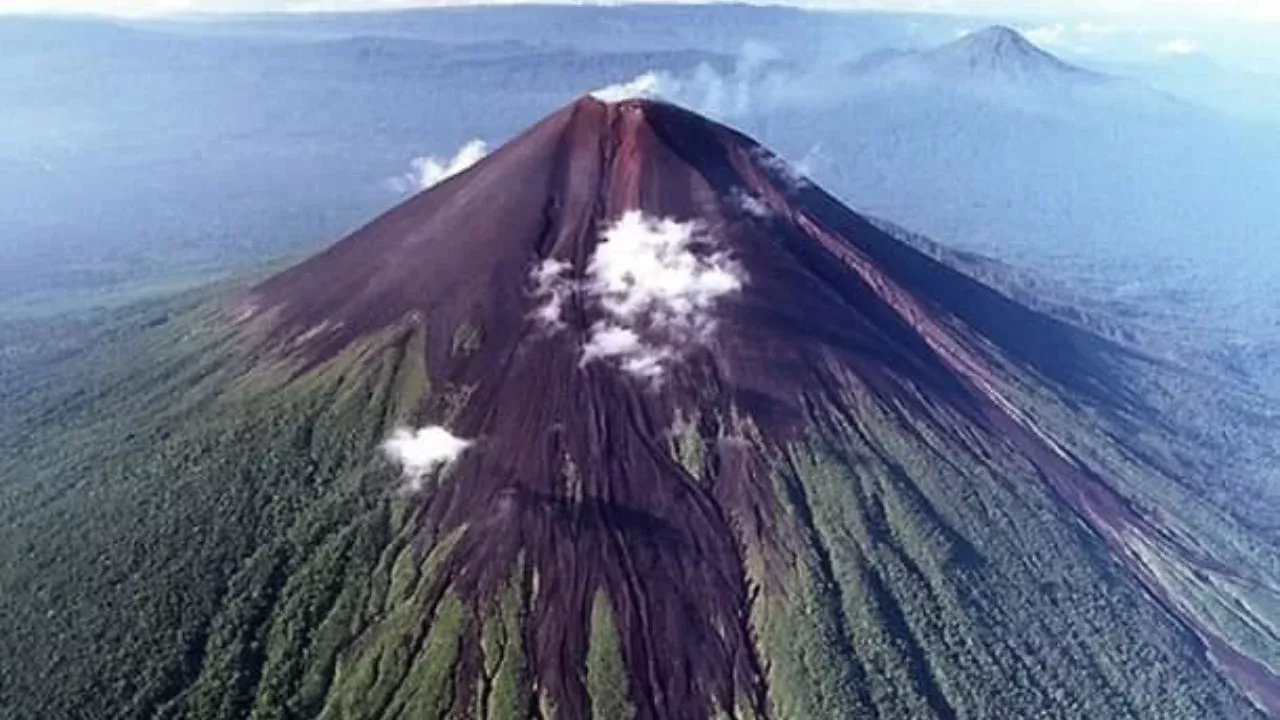
The Taftan volcano in Iran, previously considered extinct, is reactivating. This was reported by Zamin.uz.
This information was revealed in a study published on October 7 of this year in the scientific journal “Advancing Earth and Space Sciences.” Experts emphasize that the Taftan volcano had been inactive for 710,000 years, but new research results indicate changes in its activity.
According to Sputnik observations, from 2023 to 2024, the volcano’s summit has risen approximately 9 centimeters. This indicates an increase in underground pressure and magma movement.
The accumulation of hot liquids and gases beneath Taftan or the approach of magma closer to the earth’s surface may cause the volcano’s reactivation. In 2024, local residents also observed smoke and ash emissions around the volcano, indicating signs of revival.
The lead researcher, volcanologist Pablo Gonzalez, emphasized that it is more accurate to call Taftan a “dormant” rather than an “extinct” volcano. In his opinion, underground pressure continues to grow and could lead to significant energy release in the future.
According to Gonzalez’s calculations, approximately 20 tons of gas per day—sulfur dioxide, water vapor, hydrogen sulfide, and hydrogen fluoride—are emitted from the volcano’s vents. This figure confirms that the volcano is at the center of active processes.
The Taftan volcano is located about 4,000 meters above sea level, situated in the southeastern Iranian provinces of Sistan and Baluchestan, near the border with Pakistan. The nearest major city, Zahedan, is located 160 kilometers from the volcano.
Scientists urge the public not to panic. So far, there are no signs of an eruption or major energy release, but Iranian authorities need to keep the volcano’s activity under constant surveillance.
Earlier this year, an eruption of an active volcano in Indonesia caused flight cancellations. Experts believe that increased geological activity can also impact the global climate.







